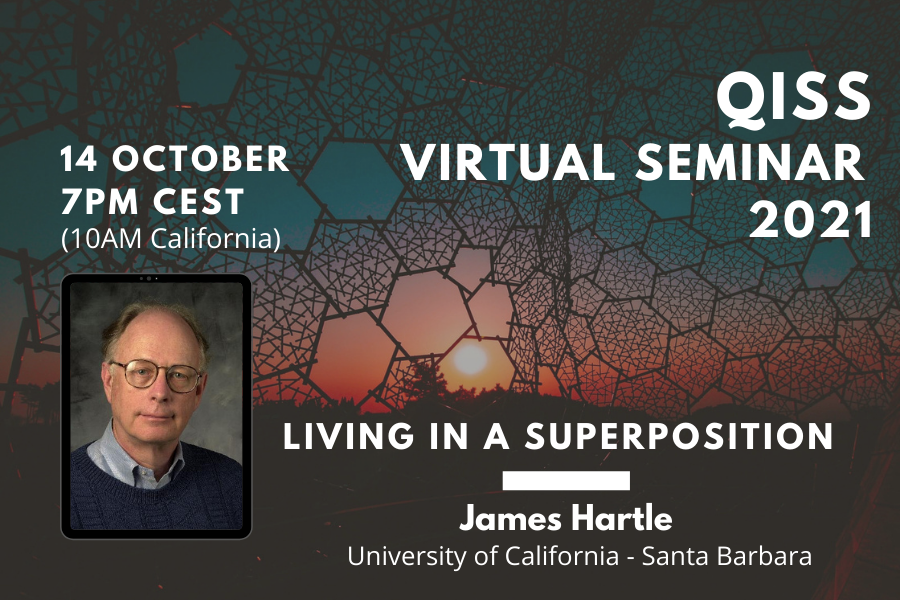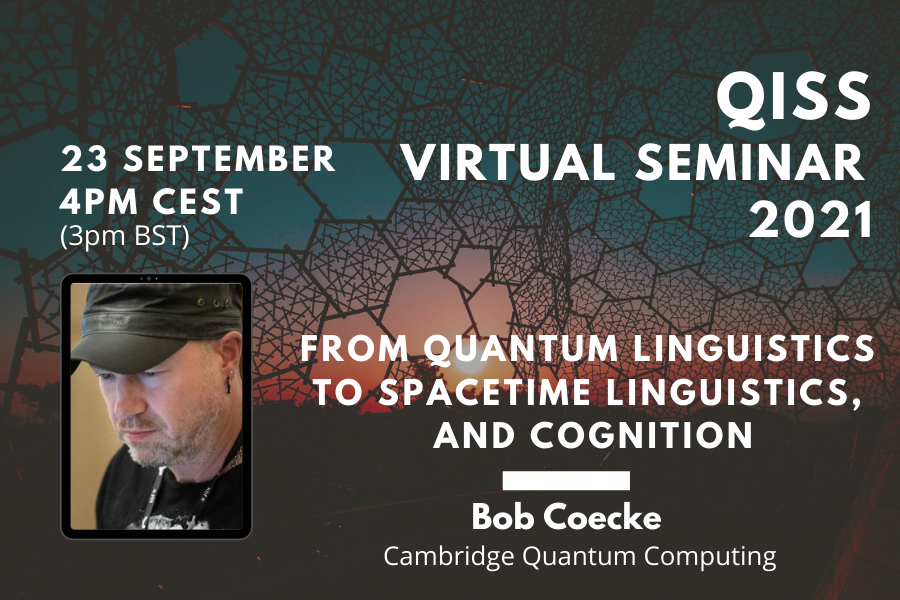Detecting Quantum Capacities of Continuous-Variable Quantum Channels
Quantum communication channels and quantum memories are the fundamental building blocks of large-scale quantum communication networks. Estimating their capacity to transmit and store quantum information is crucial in order to assess the performance of quantum communication systems, and to detect useful communication paths among the nodes of future quantum networks. However, the estimation of quantum capacities is a challenging task for continuous variable systems, such as the radiation field, for which a complete characterization via quantum tomography is practically unfeasible. Here we introduce a method for detecting the quantum capacity of continuous variable communication channels and memories without performing a full process tomography. Our method works in the general scenario where the devices are used a finite number of times, can exhibit correlations across multiple uses, and can change dynamically under the control of a malicious adversary. The method is experimentally friendly and can be implemented using only finitely-squeezed states and homodyne measurements.


